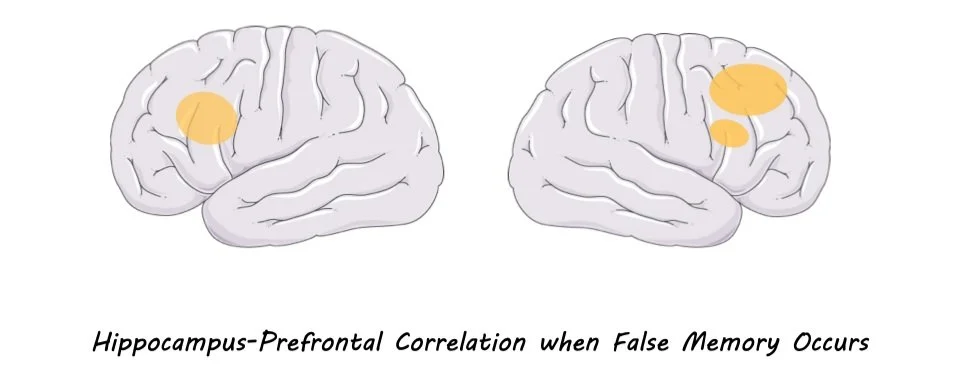Targeting the Gene that Produces Tau to Fight Alzheimer’s Disease
Post by Christopher Chen
The takeaway
MAPT is a gene in the body that codes for tau, one of the key pathological markers of Alzheimer’s disease (AD). By using a new therapeutic designed to disrupt MAPT, researchers found that treated patients saw more than a 50% reduction in tau levels.
What's the science?
Affecting over 50 million people worldwide, AD is a neurodegenerative disease resulting in severe cognitive decline and decreases in quality of life. A critical pathological marker in AD is tau, a protein in neurons that at certain levels will prevent a neuron’s ability to “talk” with other neurons, a process called neurotransmission. Animal models that express AD-like phenotypes show marked increases in tau accumulation as well as decreased overall brain function. Conversely, researchers have found that lowering tau production in animal models leads to enhancements in memory and overall brain functioning.
In humans, the gene MAPT codes for tau production. Thus, strategies aimed at reducing MAPT activity may lead to reductions in tau levels and improvement in symptoms of AD. Synthetic molecules called antisense-nucleotide oligonucleotides (ASO) can hijack a gene’s ability to make new proteins (like tau), thus making them good potential therapeutic agents to use in the fight against AD. In a recent article in Nature Medicine, researchers conducted a clinical trial where they injected patients with AD with an ASO called MAPTRx to see if doing so would lead to a reduction in tau levels.
How did they do it?
The randomized, double-blind, placebo-controlled clinical trial was conducted over a 36-week period (13-week treatment period + 23-week post-treatment period) across multiple research centers and focused on 46 total patients (34 experimental, 12 placebo) with mild AD. In short, patients were given a spinal injection of either MAPTRx or placebo at fixed intervals throughout a 13-week period with tau levels in the cerebrospinal fluid (CSF) taken at specific timepoints during the 36-week period.
One of the trial’s primary goals was the overall safety of MAPTRx so researchers employed a diverse set of techniques to measure physiological and cognitive health throughout the trial. Specifically, researchers recorded any adverse events patients experienced, gave neurological and physical exams, took bloodwork, and measured readouts from MRI and electrocardiograms (EEG).
There were also therapeutic goals that focused on how well patients metabolized the drug and whether it lowered overall tau levels. To understand MAPTRx’s pharmacokinetics (PK), or how the drug was metabolized in the body, researchers used a variety of specialized measurement techniques to quantify whether increasing dosages of MAPTRx resulted in higher baseline levels in the body. As for quantifying the amount of tau, researchers used similar measurement techniques to compare the concentration of tau in the CSF from experimental and control cohorts.
What did they find?
Considering the trial was early phase, researchers were primarily focused on the safety of MAPTRx. First, injection of MAPTRx did not lead to any adverse events deemed severe or serious, with all symptoms being recorded as either mild (88%) or moderate (12%). The most common symptom was a post-lumbar puncture headache, which was a mild headache following the spinal injection. As for the drug’s metabolic profile, MAPTRx concentrations were found in dose-dependent concentrations, showing that the body did not eliminate it immediately and suggesting that the drug remains in the body long enough to exert its therapeutic effects.
In terms of lowering overall tau concentration, MAPTRx-treated patients expressed on average ~50% reduction in CSF tau concentration compared to controls. However, no significant therapeutic effects of these reductions were seen on cognitive assessments in post-treatment analysis. It should be noted that this study was not powered to show a cognitive benefit; such a trial would require larger numbers of participants. The authors are exploring this in a phase 2 trial that is ongoing. The value of the exploratory cognitive measures is in how they will inform future clinical trials more focused on the effects of MAPTRx on AD-related health outcomes.
What's the impact?
This clinical trial was the first of its kind using ASO-mediated treatment of AD. It showed that the drug was relatively well-tolerated in the body and that such treatment did not lead to any severe side effects in patients. Perhaps most significantly, it showed target engagement: treated patients saw on average a 50% reduction in tau levels in the body. While the drug’s overall ability to slow the cognitive decline associated with AD is still unclear, researchers acknowledged that more comprehensive trials are needed to determine the full therapeutic potential of MAPTRx.



